 username@email.com
username@email.com
In this lesson, you will review systems of the human body. Scientists, regardless of their specialization, need to possess a basic level of science literacy across all disciplines. This lesson provides an overview of the major concepts pertaining to human body systems that all students of the sciences should know. The chapters that follow will focus in greater detail on these ideas.
Humans are complex organisms, well adapted to almost any environment on earth because of our well developed brains. Human bodies have multiple levels of organization. The brain is an organ composed of nervous tissue and part of a larger organ system, the nervous system. The human body has multiple organ systems, all coordinated to maintain homeostasis and to allow us to acquire energy and reproduce.
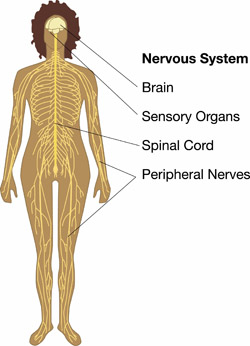
The nervous system is responsible for integration and control of all other organ systems. It receives sensory input, processes it, stores it, and coordinates motor output. That control may be voluntary, such as in movement of skeletal muscles, or it may be involuntary (autonomic), such as in digestion. The brain and spinal cord make up the central nervous system, so named because of its location and its function as a processing center. The peripheral nervous system is composed of the sensory and motor neurons of the body.

The endocrine system is also important in controlling other systems via production of hormones. Hormones are chemical signals that are usually produced by cells of one tissue but function to interact with receptors in a different target tissue. Glands, such as the pituitary or thyroid, secrete hormones, releasing them into the bloodstream. Hormones are active only when they encounter their specific receptors. Hormonal signaling is called a signal transduction pathway. Many physiological functions involve complex hormonal interactions; in fact, hormone activity influences virtually all body tissues.
The cardiovascular system consists of the heart and blood vessels. It is responsible for the transport of oxygen and carbon dioxide, sugars and nutrients, hormones, white blood cells and antibodies, wastes, and other materials around the body. Hemoglobin in erythrocytes (red blood cells) carries oxygen, and blood plasma transports sugars to cells to use in the process of cellular respiration. No cell in the human body is more than a few millimeters from a capillary, the site of exchange of materials between blood and tissues. Fluid lost from blood in tissues is returned to circulation via lymphatic vessels.

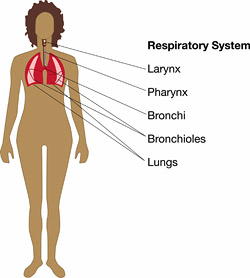
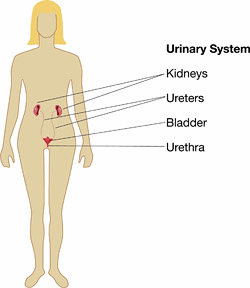
The digestive system breaks down food and absorbs needed nutrients from it. The digestive tract serves as a passage for food into our bodies, a site for digestion, and a passage for expulsion of undigested wastes. Accessory organs to digestion, such as the liver, gall bladder, and pancreas, produce or store digestive enzymes and fluids that help process materials during digestion. Most digestion and absorption occurs in the small intestine. The liver processes all absorbed materials and stores energy as glycogen.
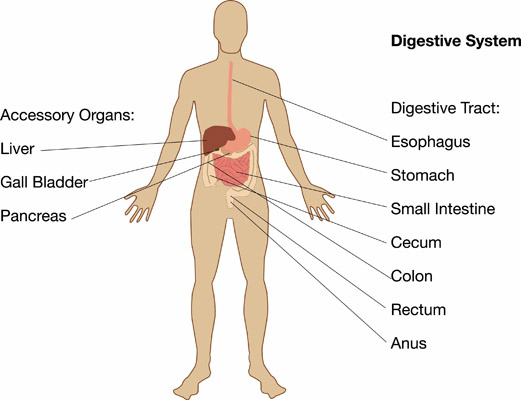
The muscular and skeletal systems work together to allow complex movement. The skeleton is a scaffold that supports the body and protects vital organs. It is also a storage area for calcium and phosphorous. All red and white blood cells are produced in bone marrow. Muscles contract to keep our heart beating, to aid in digestion, and to allow us to move. Muscle activity also generates heat to help maintain body temperature. The skeleton provides an anchoring point for muscles, and when they contract, they pull on bones, allowing bending at joints. Muscles contract when actin and myosin filaments interact.


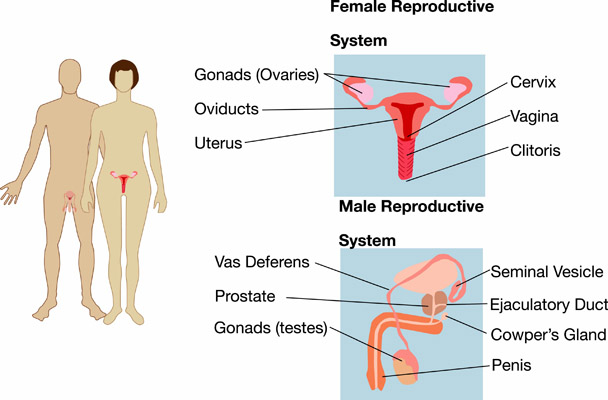
Which system produces erythrocytes and phagocytes?
C is the correct answer. Erythrocytes and phagocytes are cells produced by the immune system. The cardiovascular, urinary, and endocrine systems do not produce these cells.